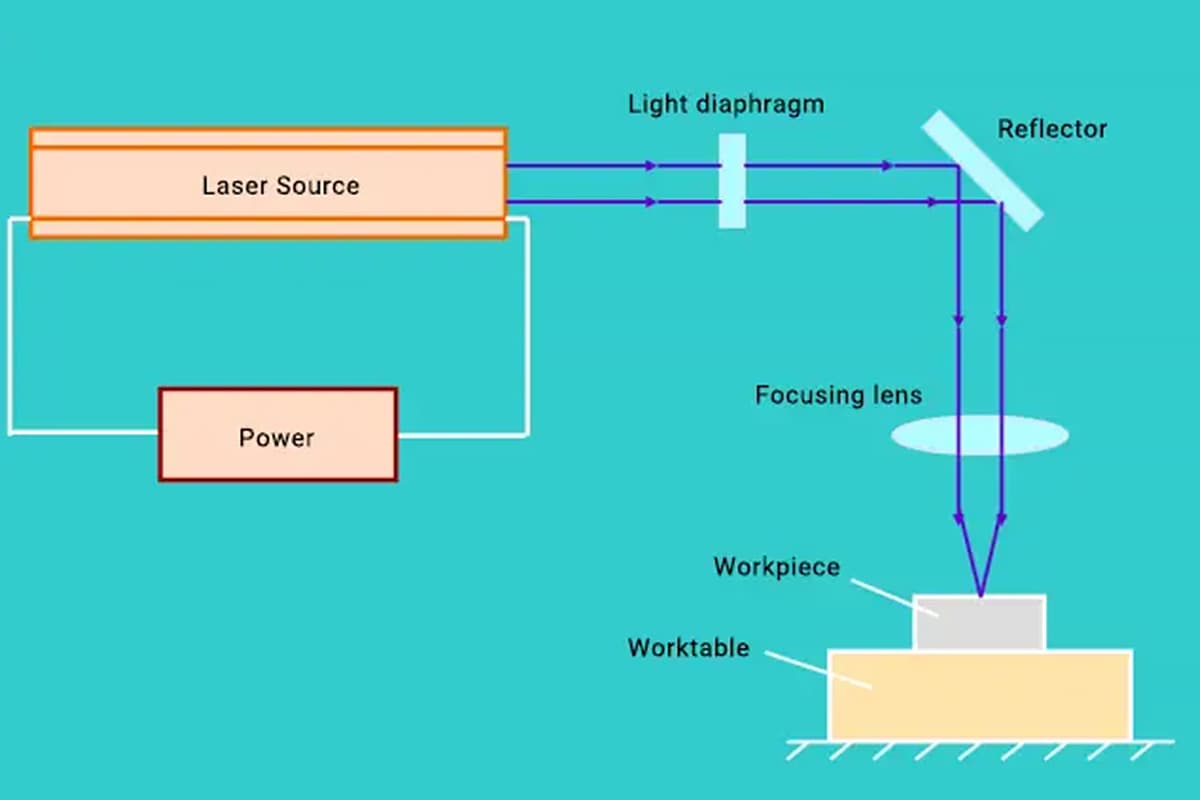
Have you ever wondered how to effectively cut through rusty iron plates with a laser cutter? This article explores the challenges and best practices for handling rusted materials in laser cutting. By understanding the principles behind laser cutting and the impact of rust on efficiency and quality, you can achieve better results and reduce scrap rates. Dive into practical tips and techniques that ensure a smoother process and improve your laser cutting outcomes.

We all know that laser cutting machines are excellent tools for sheet metal processing, cutting through iron as if it were mud. In the actual production process, we often find that processing materials may be rusty, especially in the south where it’s humid, and materials like carbon steel and iron plates are prone to rust.
Can a laser cutting machine cut rusted iron plates? What should we pay attention to when cutting rusted materials with a laser cutting machine?

What should we pay attention to when cutting rusted materials with a laser cutting machine?
First, we need to analyze the cutting principle of the laser cutting machine. The laser itself cannot be a light source; it generates heat only after being absorbed by the sheet metal surface. The laser absorption is different on surfaces with rust or without rust, and the heat generation will be greatly affected.
Generally, cutting rusted plates will have the following impacts:








